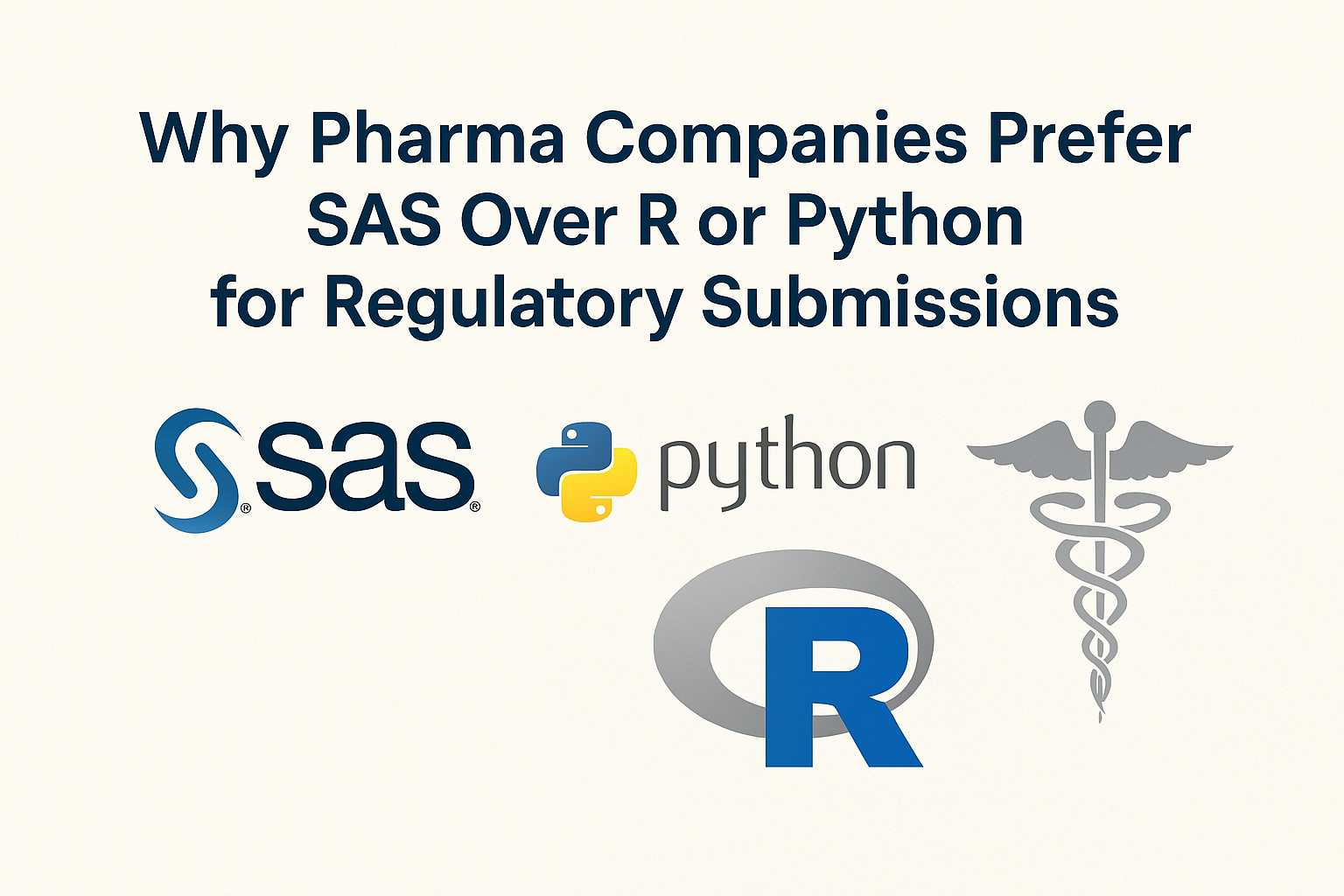.png)
- by Team Handson
- September 8, 2022
Introduction to Analysis of Variance ANOVA
When you want to buy a new commodity how can you test its quality and how can you understand its effectiveness amongst alternatives? People experience this common scenario, as most of the alternatives seem similar to each other. So, it becomes a challenge to choose the best one out of the collection.
Here is a simple depiction to describe the situation. Suppose there are three medical procedures to cure patients with a similar ailment. But to choose the best one, you need to consider which one requires the least time to relieve patients. To make a certain and realistic decision, you need strong evidence that supports your strategy. This is the concept of Analysis Of Variance or ANOVA.
What is Analysis Of Variance?
ANOVA is a mathematical approach to discover a trustworthy method by checking the means of two or more groups. It compares the patterns on the foundation of their means and depicts how different these patterns are to find out the most suitable outcome.
You can use ANOVA to accept or reject if all the chosen procedures are equally effective or not when you accept something new.
One Way ANOVA
ANOVA is a combination of numerous ideas and is used for manifold drives. As an effect, it is tough to express briefly or precisely. It is used in a logistic retreat as well. Not only it calculates mean but also checks the diverse prototypical performance. F-Test is a process to compare the difference between the described variance and the unsolved variance. Here are a few examples to dive deep.
A new study claims that music enhances the focus of the students in a class and so, helps them engross more information. But a teacher may distrust it.
What if it disturbed the pupils in a damaging way? Or what type of tune would be a decent choice for this? It needs to have some proof to consider these issues.
To understand it more clearly, you need to make small groups of students. Select students from three different classes. Now you have three different groups of ten indiscriminately selected pupils of the same age from different classrooms. The classroom environment is not the same. When classroom A has particular music, continuously playing in the background, classroom B has variable music playing in the classroom, and classroom C has no music during the study. Using the technology of Analysis Of Variance, you can detect which one is helpful out of the three categories.
Two-way ANOVA
Let’s take an instance of a situation, which has elements such as surveillance, gender, and dosage with 16 interpretations of each. They all must be mathematical and statistical as mean and variance are being used.
Here in gender, you have to alter into replica variable that includes assigning numbers like 1 and O for man and woman. But LSS of variance can only be functional on measurable data.
ANOVA is a specific form of arithmetical theory test profoundly used in the study of test data. A numerical assumption test is a technique of making an evaluation using data. The test result is called statistically noteworthy if it is considered improbable to have happened by chance, assuming the fact of the valueless hypothesis. A mathematically substantial result, when the p-value (probability) is less than a maximum level, justifies the denial of the worthless proposition but only if the earlier probability of the unimportant theory is not high.
Hands-On is one of the leading R Programming Institute in Kolkata where you have the highest satisfaction to reach your career goal with ease. The mentors and trainers are certified and highly experienced to offer the best training sessions becoming a skilled professional, to grasp numerous career opportunities. For courses and other details, visit the website






